The grid method of calculation involves drawing a grid onto the plan for the earthwork project. For each node of the grid, determine the existing and proposed ground level and calculate the cut or fill required. Once the cut or fill depth is calculated, multiply the value by the area of the grid cell. Do this for each square of the grid, then add the volumes together to determine the total cut and fill volumes for the project.
Plumbers and other contractors need the right tools to solve complex math equations in the field, such as calculating the volume of a pipe to determine how much water it can handle. ServiceTitan's pipe volume calculator makes a pipe calculation simple and easy. Measure the volume of pipes based on inner diameter and length. You can also use this calculator to tally how much the volume of water in pipes weighs.
The cross-section method of calculation is a common method used with the 2-dimensional method of mapping. With this method, cross-sections of the existing and proposed land levels are measured at regular intervals across the site. This is done for each adjacent pair of sections, then the total volumes are added together to create the complete cut and fill volumes for the project. Volume is the quantification of the three-dimensional space a substance occupies. By convention, the volume of a container is typically its capacity, and how much fluid it is able to hold, rather than the amount of space that the actual container displaces. Volumes of many shapes can be calculated by using well-defined formulas.
In some cases, more complicated shapes can be broken down into simpler aggregate shapes, and the sum of their volumes is used to determine total volume. The volumes of other even more complicated shapes can be calculated using integral calculus if a formula exists for the shape's boundary. Beyond this, shapes that cannot be described by known equations can be estimated using mathematical methods, such as the finite element method. Alternatively, if the density of a substance is known, and is uniform, the volume can be calculated using its weight.
This calculator computes volumes for some of the most common simple shapes. Tank volume calculations are based on tank geometries shown below. These tank shapes are calculated assuming exact geometric solid shapes such as cylinders, circles and spheres. Actual water and oil tanks may not be perfect geometric shapes or might have other features not accounted for here so, these calculations should only be considered estimates. We will calculate the volume of a 6-meter length pipe, with an inner diameter equal to 15 centimeters.
Let's put these data into the calculator to find the volume of water in the pipe, as well as its mass. This pipe volume calculator estimates the volume of a pipe as well as the mass of a liquid which flows through it. This calculator is a helpful tool for everyone who needs to know the exact volume of water in a pipe. It will be helpful to you if you're, for example, designing an irrigation system for your garden. Keep on reading to learn what is a cylinder, find the volume of a pipe formula and check the "user's manual" for correct calculations in the pipe volume calculator. The shape of a rectangular tank is that of a rectangle or cuboidal.
Thus, the formula for volume or capacity of a rectangular tank can be calculated in a similar way to that of the volume of a cuboid or a rectangular box. The volume of a rectangular tank is represented in cubic units. When making improvements around the home landscape, you may need to backfill an area with fill dirt. Determining the right volume formula for your project depends on the shape of the area to be filled. For a rectangular-shaped area, you would multiply the three dimensions. Circular shapes require you to use the geometric value pi in your formula.
The main thing to remember is that all your measurements must be in the same units. If you take your measurements in inches, it will be easy to convert to cubic yards, the volume unit dirt is sold by. Let ServiceTitan's water pipe volume calculator take the guesswork out of the equation when trying to determine the volume of water in pipes measured in gallons. For common pipe dimensions, contractors can also refer to a general pipe volume chart online. The methods below will give you cubic measures such as ft3 or m3 depending on your units of measure. If you're calculating filled tank volume by hand using these methods you can covert cubic feet to gallons, and cubic meters to liters using our Volume Conversion Calculator.
After viewing the reported volumes, you have the option to save a new feature with the measurement values. Plumbers and others in the skilled trades use a pipe water volume calculator to determine the exact volume of pipe as well as the liquid mass, or weight of the water, that flows through it. This super-helpful tool essentially works as a liquid volume calculator.
Start by measuring the length, width, and height of the holes in the block in inches. Then multiply those dimensions together to find the volume in cubic inches. The triangular prism method starts by triangulating the existing terrain to create a continuous surface of connected triangles. Once both surfaces are complete, the triangulations are merged to create a third triangulation. Once merged, the cut and fill is calculated by taking the volumes of the generated triangles and adding them together. Because of the excellent representation of both the existing and desired terrains, this method presents an excellent representation of volumes for cut and fill projects.
You can select whether to measure cut-and-fill volumes within some specified distance of the selected line or within the specified area. Whichever option you choose, the heights will be interpolated between line vertices to get a smoothly varying cut height. If measuring within an area, there is also an option to perform multiple cut-and-fill calculations between a range of cut height values.
If you choose this option the results will be displayed in a table at the end of the operation so you can see the results of each calculation. The volume of a rectangular tank is defined as the amount of liquid that can be held by the rectangular tank. The rectangular tank has a length, breadth, and height which a cuboid in shape. This tank is a three-dimensional shaped object whose volume is given in cubic units, that is m3, cm3, in3 or ft3, etc. As the rectangular tank is three-dimensional thus, the volume of the rectangular tank also lies in a three-dimensional plane.
However, we do not often use units of meters cubed to describe liquid volumes. Therefore a liquid volume calculator would not only calculate the volume of a container, but convert that volume into units such as liters, cups or gallons. A number of software products are available for generating cut and fill maps, and many of them automatically calculate and optimize cut and fill projects. However, if you're using more manual methods, a manual calculation may be required. A variety of calculation methods are used to calculate cut and fill values, and some of these methods are detailed below. A liquid volume calculator can calculate the volume of a container and convert it to units that are commonly used for measuring liquids.
Essentially, the calculator just needs to know the conversion factor between either metric or imperial length units when cubed, to the necessary volume unit. In this example you need to calculate the volume of a very long, thin cylinder, that forms the inside of the pipe. The area of one end can be calculated using the formula for the area of a circle πr2.
It is a solid with two bases which are usually circular, and always congruent and parallel to each other. The height of a cylinder is the distance between the bases . Keep in mind that when you have a cylinder, the diameter is a doubled radius. This is the reason why we created the pipe volume calculator. This tool provides you with the volume of a specific pipe, and the weight of the water inside it.
All you need to do is to enter the pipe size - its inner diameter and the length. It doesn't matter whether you use the metric or imperial system of units because you can freely switch between them using the drop-down list. If you want to determine the remaining earthwork or compare to a design, you need to import the design surface into Virtual Surveyor. Create a new Terrain State and drop the design CAD file in the project view. Make sure to select the design surface and click on the Modify terrain button available in SELECTION - TOOLS for Surface. Switch to the current terrain state and select the design terrain state as reference before launching the Volume Difference calculation.
You can then measure the dirt to be moved using the same process as the quick steps, but comparing to the design surface. Volume calculation is a procedure in which the elevation of a landform surface is modified by the removal or addition of surface material. The Volume Calculation map tool summarizes the areas and volumes of change from a cut-and-fill operation. Using the digital surface model product and an area of interest with a given base type, the tool identifies regions of surface material removal and addition. Calculate the volume of dirt needed to fill in the hole using pi (3.142) times the square of the radius times the depth.
For this example, you would multiply 3.142 by the square of 30 by 30 to obtain the volume. This yields 3.142 times 900 inches times 30 inches, or 84,834 cubic inches. If you're using an earthwork software, you may not need to use one of the manual methods above. However, automated systems often use more sophisticated calculation methods, such as the triangular prism method. Closer sections result in greater accuracy but take longer to calculate, while further sections are less accurate but take less time to calculate.
The volume of a rectangular tank, i.e, the capacity of the rectangular tank, can be calculated by finding the volume of the cuboidal structured tank. Let the area of a rectangular base be "A", the height of the tank be "h" and the volume of the rectangular tank be "V". Then, the volume of the rectangular tank is given by multiplying the base area and height.
If you need to know water capacity in gallons, you'll need to convert the water volume in the pipe calculator metric to cubic inches. Now, multiply the number of voids by the volume of the void in cubic inches to find the total grout fill volume in cubic inches. Divide the final number by 46,656 to find the volume in cubic yards.
Is a design tool to draw in 3D and calculate the volumes for all kind of civil engineering projects. A complete and powerful tool to calculate and optimize the cut volumes depending on the geological layers is at your disposal. A triangle is calculated by multiplying the base by ½ height or use our simple volume calculator. This is useful for selecting a cut height at which no dirt needs to be hauled off or brought in. The optimal cut height will be reported as the break-even height with the other measurement results. Below, we prepared an explanation of the volume of a pipe formula and a step-by-step example of calculations to show you how to use the pipe volume calculator properly.
Using the given formula and self explanatory example it is very easy to determine the amount of fine aggregates required to for the back filling of basement or for filling land. Keep in mind that the material being brought in is loose and will be compacted on the job. If it is calculated that 100 m3 are required, at least 10 to 40 M3 of soil will be required extra for compacting and levelling. The area of a square or rectangular garden is easy to calculate. Simply multiply the length by the width by the depth or use our simple volume calculator. Enter U.S. dimensions in feet or inches , or metric dimensions in meters or centimeters .
Results are presented in U.S. fluid gallons, Imperial gallons, cubic feet (ft³), metric liters and cubic meters (m³). Estimate the total capacity and filled volumes in gallons and liters of tanks such as oil tanks and water tanks. Convert cubic inches to cubic yards by dividing by 46,656 cubic inches. So, 216,000 cubic inches divided by 46,656 cubic inches equals 4.63 cubic yards. To fill the rectangular area at a depth of 2 feet 6 inches, you will 4.63 cubic yards of fill dirt. Calculate the volume of dirt needed to fill the area you measured by multiplying length by width by depth .
The cut and fill process is an extremely useful process for excavation in residential, commercial and roadwork projects. However, while cut and fill makes use of existing terrain, it requires detailed planning to be as effective as possible. From the complete map, cut and fill can be planned around existing topographical features. Commonly, a map with these features may be used as a base, with the final project laid over it to determine areas of potential cut and fill. Once initial plans are made, cut and fill plans are added based on the topographical features.
The goal of cut and fill is ultimately to conserve energy and maximize the use of existing materials to avoid bringing in or shipping out dirt mass. While common, it can be an exhaustive process — moving earth takes a great deal of labor, and mistakes can lead to costly rework. You can determine the volume of a pond for which you have generated a grid file. You can define the grid file of the pond bottom as the upper surface, and use a plane set at the level of the surface of the pond as the lower surface.
The volume of the pond is the Negative Volume in the Cut & Fill Volumes section of the Grid Volume Report. For determining cut and fill volumes, first the lower surface grid values are subtracted from the upper surface grid values. This normalizes the Z values where positive values indicate the upper surface is above the lower surface and negative values indicate the upper surface is below the lower surface. No, the order of height, width, and length does not matter because we need to multiply all three quantities to determine the volume of a rectangular tank.
How To Calculate Overfill Volume As multiplication is commutative, thus, the product of the three quantities will always result in the same value irrespective of their order. The filled volume of a rectangular tank is defined as the space occupied by any liquid in the tank. The filled volume of a rectangular tank will always be less than or equal to the volume of the rectangular tank as it depends on the height till which the rectangular tank is filled. The tank you want holds 25 gallons of liquid and has square sides.
You noticed that the depth and height of the tank are the same as the shelf it sits on, which is 12 inches. Knowing this information, you need to determine the length of the tank. In the imperial/English system the equivalent measurements are fluid ounces, pints, quarts and gallons, which are not easily translated into cubic feet. It is therefore best to stick to either liquid or solid volume units. Need to determine the volume of inert gas needed for nitrogen purging or nitrogen pigging? This gas pipe volume calculator will help you quickly work out how much inert gas you need to completely flush a line.
Knowing the volume of pipe might be useful for many reasons. It will be beneficial for private home owners as well as civil engineers and construction workers. For example, you may want to know the water capacity of your in-home heating system, or wonder if the pipe diameter you have chosen will be sufficient for refilling the garden pond. Wine, like water, expands and contracts based on temperature. At higher temperatures, wine will take up more volume than at lower temperatures. Thus, if a winery bottles at 58°F with 4.5 ml in ullage, that ullage will be reduced to under 3 ml at 68°F and internal bottle pressure will have risen significantly.
You can easily "clean" your terrain states to remove construction equipment using theReplace Terrain and Remove Object. This removed them from the calculation so they are not included on the map or the volume calculations. Earthworks, mining, and construction monitoring can be challenging as you deal with large sites, significant changes, and other in the field challenges.




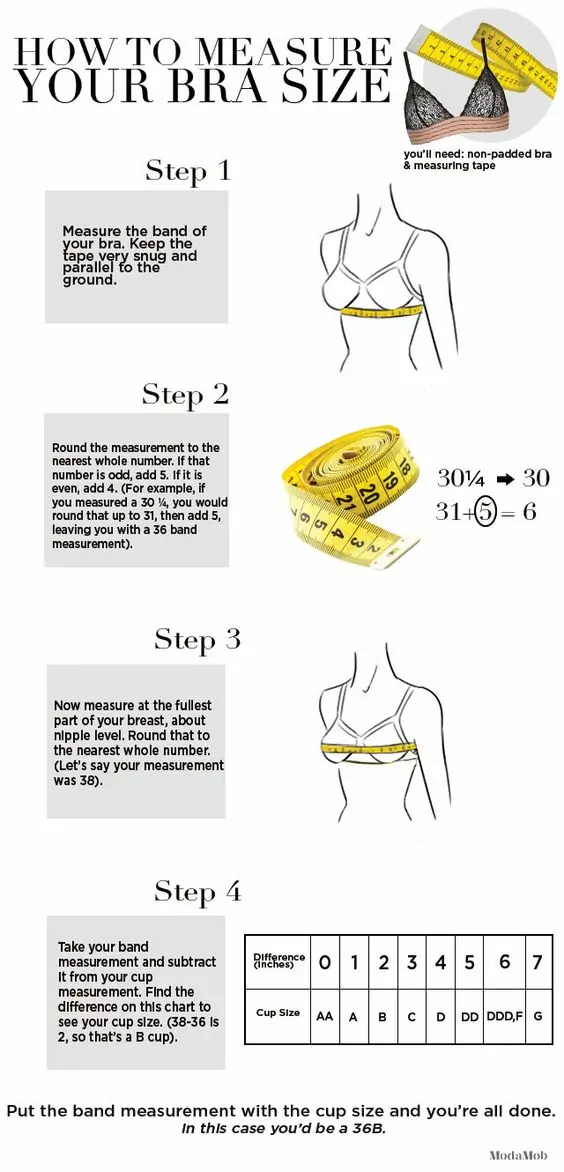

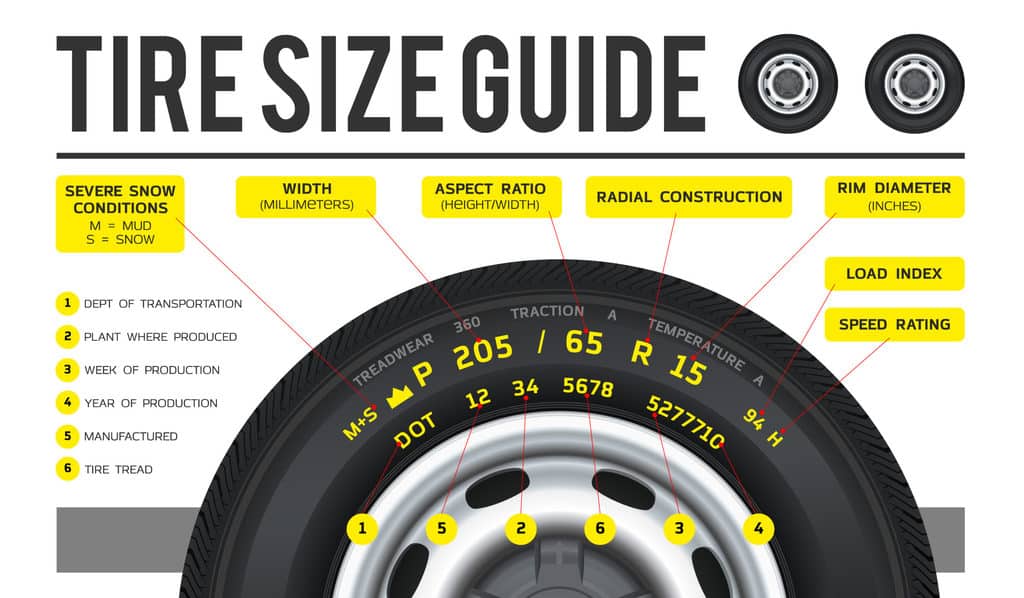












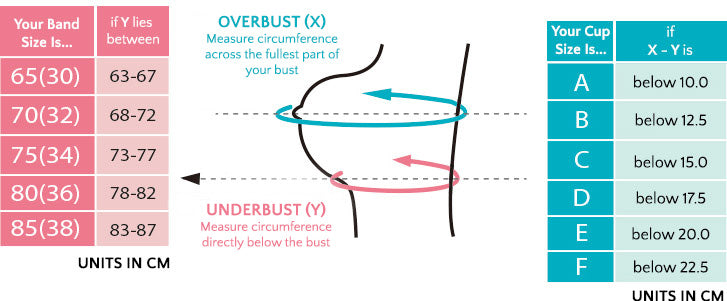



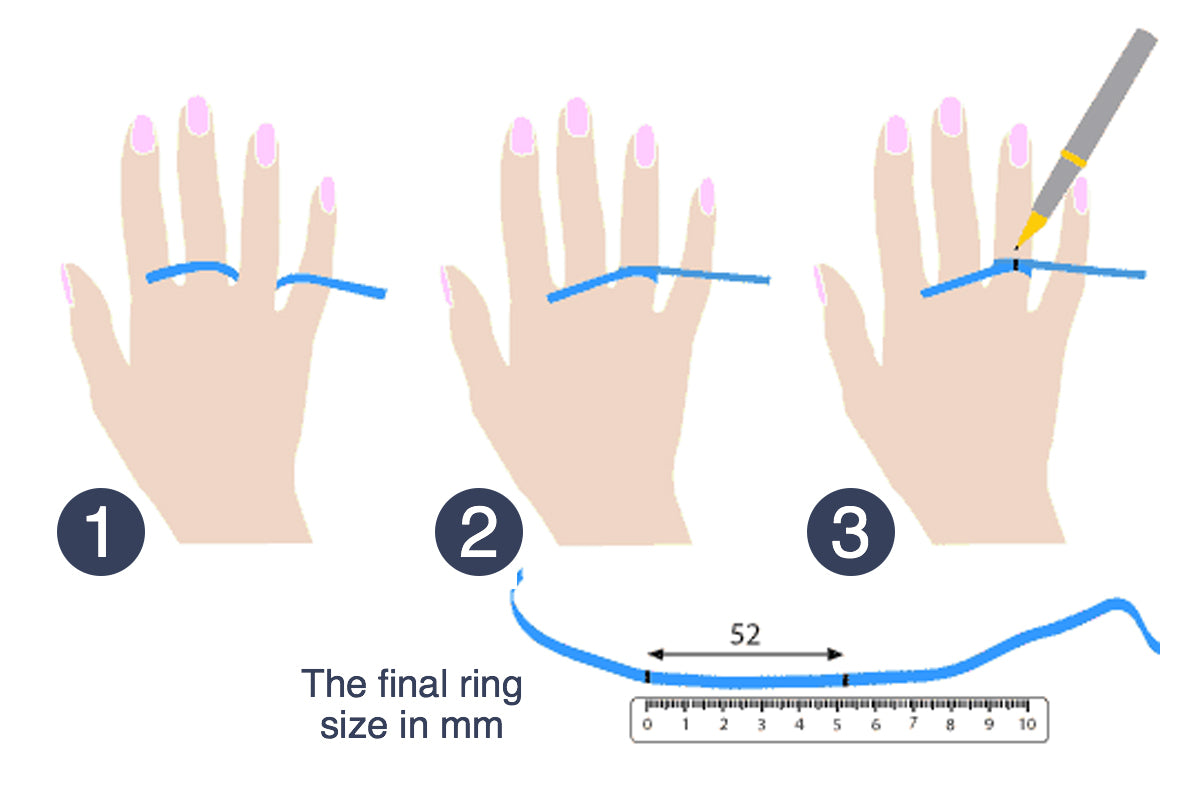
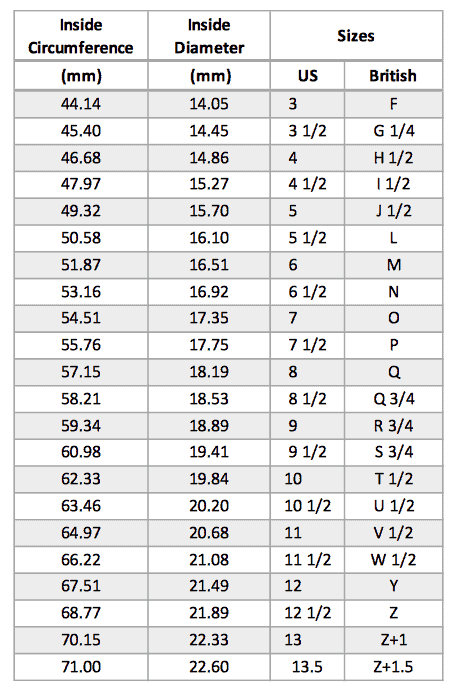

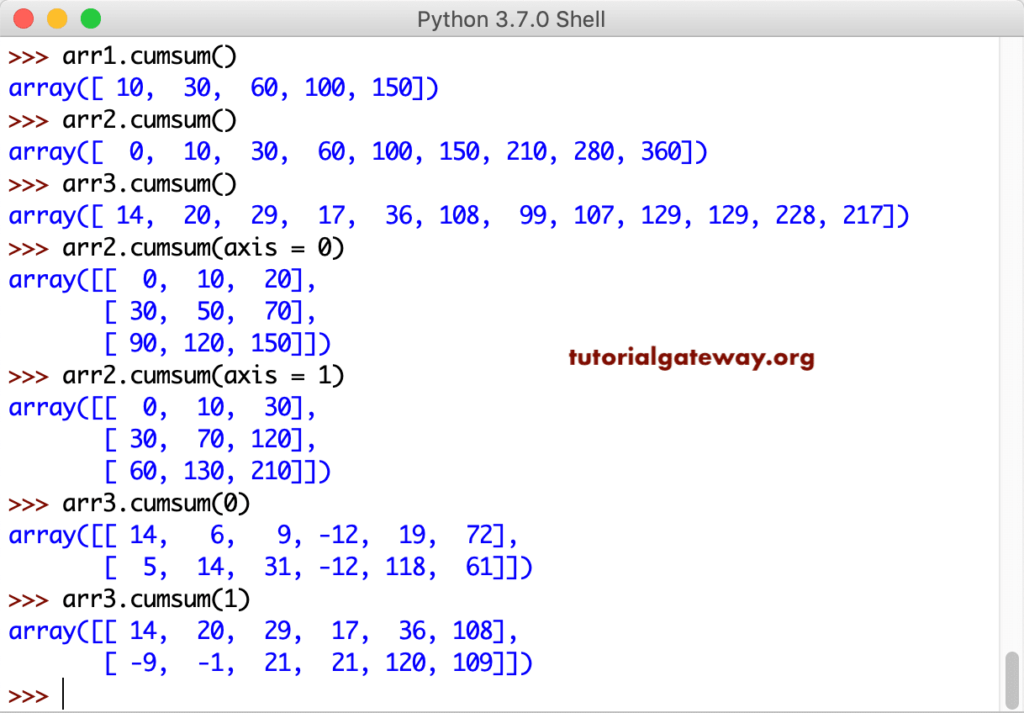
No comments:
Post a Comment
Note: Only a member of this blog may post a comment.